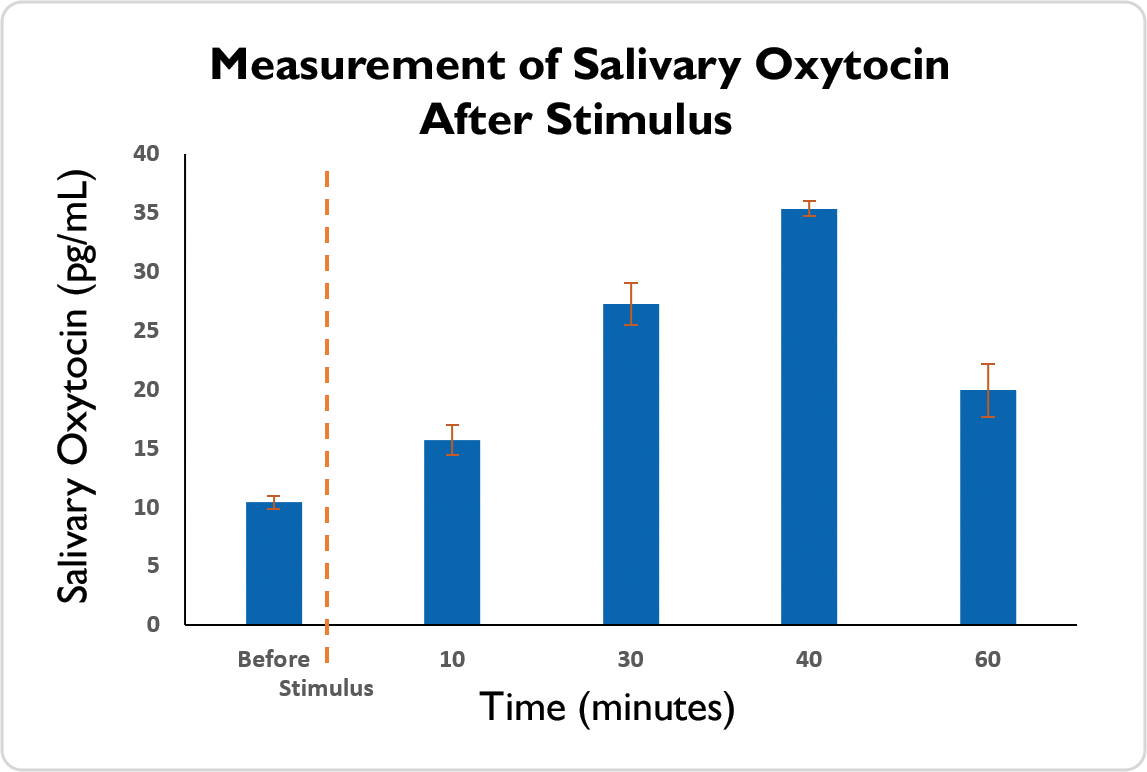Social touch promotes communication via oxytocin
Table of Contents
Table of Contents
Do you ever feel like there’s a special connection between you and someone else, one that’s difficult to describe but feels incredibly powerful? That connection might be due in part to the hormone oxytocin, which plays a vital role in social bonding and emotional connection.
The Importance of Oxytocin and the Role of Touch in Fostering Emotional Connection and Bonding in Families
Many people struggle to build and maintain close relationships with family members, often due to busy schedules or past conflicts. However, the hormone oxytocin can encourage people to feel more connected to one another, even in the face of stress or disagreements. By facilitating social bonding and trust, oxytocin creates a foundation for strong relationships that can weather any storm.
But how exactly does oxytocin work? According to research, this hormone is released during certain social interactions, such as hugging, kissing, or holding hands. This helps to create feelings of warmth and intimacy, and can even reduce symptoms of anxiety and depression.
So, how can you improve your relationships with your family members and increase your levels of oxytocin? One effective method is to make an effort to engage in physical touch, such as hugs or massages. Not only does this release oxytocin, but it also sends a signal to your family members that you care about them and value your relationship.
The Target and Importance of Oxytocin and the Role of Touch
Personally, I’ve found that touch can be a powerful way to build emotional connections with my family members. When my sister and I hug, for example, I feel an instant sense of calm and comfort. This physical touch helps me to feel closer to her and more invested in our relationship.
It’s important to note that touch isn’t the only way to release oxytocin and build emotional connections with family members. Other social interactions, such as sharing a meal or engaging in a fun activity together, can also help to create feelings of closeness and trust.
The Science behind Oxytocin and the Role of Touch
Research has shown that oxytocin can have a range of positive effects on our bodies and minds. For example, it may reduce pain, promote healing, and enhance immune function. Additionally, oxytocin can boost feelings of empathy and compassion, making us more likely to act in kind and compassionate ways towards others. By engaging in physical touch and other social interactions that release oxytocin, we can improve our overall well-being and build stronger, more fulfilling relationships with our family members.
The Antidote to Social Isolation: Oxytocin and the Role of Touch in Fostering Emotional Connection and Bonding in Families
In today’s fast-paced world, it’s all too easy to feel disconnected from our family members and isolated in our own lives. However, studies have shown that oxytocin can act as an antidote to this social isolation, helping us to feel more connected and engaged with the people around us.
By taking the time to engage in physical touch and other social interactions that release oxytocin, we can improve our mood, reduce symptoms of stress and anxiety, and build stronger relationships with our family members. This not only benefits our own well-being, but also creates a foundation of trust and support that can last a lifetime.
The Role of Boundaries in Building Healthy Relationships with Oxytocin and the Role of Touch
While oxytocin and physical touch can be a powerful tool for building emotional connections with family members, it’s also important to establish healthy boundaries in these relationships. This might mean setting boundaries around certain topics of conversation or limiting physical touch to certain situations or contexts.
By being clear about your own needs and boundaries, you can create a safe and supportive environment for building strong, healthy relationships with your family members.
Question and Answer
1. Can oxytocin be released through other forms of social interaction besides physical touch?
Yes, oxytocin can also be released through social interactions such as sharing a meal, engaging in a fun activity together, or simply spending time in the presence of the people you care about.
2. Is there a difference in the way oxytocin affects males versus females?
Research has shown that males may respond differently to oxytocin than females, with some studies suggesting that males may require larger doses to experience the same effects. However, more research is needed to fully understand these differences.
3. Can oxytocin improve relationships with those outside of your immediate family?
Yes, oxytocin can help to build emotional connections with a variety of people, including friends, romantic partners, and colleagues.
4. Are there any risks or negative side effects associated with increasing oxytocin levels?
While oxytocin is generally considered safe, some studies have suggested that high levels of the hormone may increase feelings of jealousy or envy. Additionally, oxytocin may not be appropriate for individuals with certain medical conditions, such as heart disease or kidney failure. As with any new wellness practice, it’s always a good idea to consult with your healthcare provider before making changes to your routine.
Conclusion of Oxytocin and the Role of Touch in Fostering Emotional Connection and Bonding in Families
At the end of the day, the hormone oxytocin can be a powerful tool for building emotional connections, reducing stress, and enhancing overall well-being. By engaging in physical touch and other social interactions that release oxytocin, we can strengthen our relationships with family members and create a foundation of trust and support that lasts a lifetime.
Gallery
Oxytocin | Mom Care, Hormones, Fight Or Flight

Photo Credit by: bing.com / oxytocin
Social Touch Promotes Communication Via Oxytocin | Human Frontier
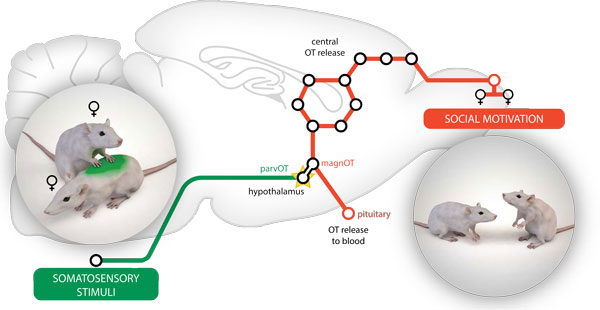
Photo Credit by: bing.com / oxytocin promotes
Frontiers | Two Birds With One Stone: Possible Dual-Role Of Oxytocin In
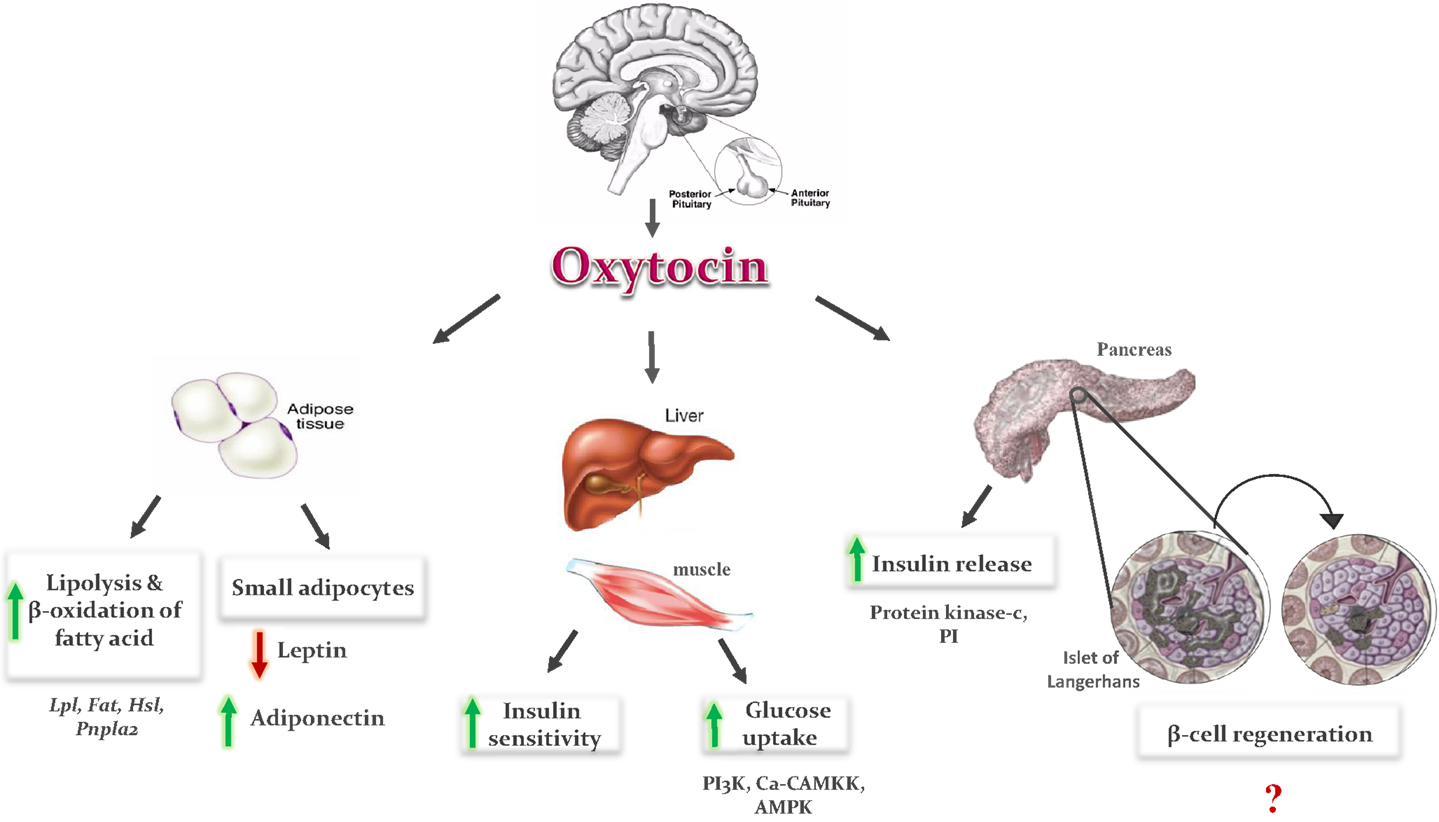
Photo Credit by: bing.com / oxytocin hormone role pituitary pregnancy secreted posterior effects gland released diabetes cells secretion when hypothalamus metabolic dual osteoporosis two lobe
Oxytocin: The Love Hormone | Why We Need It | How We Can Get It
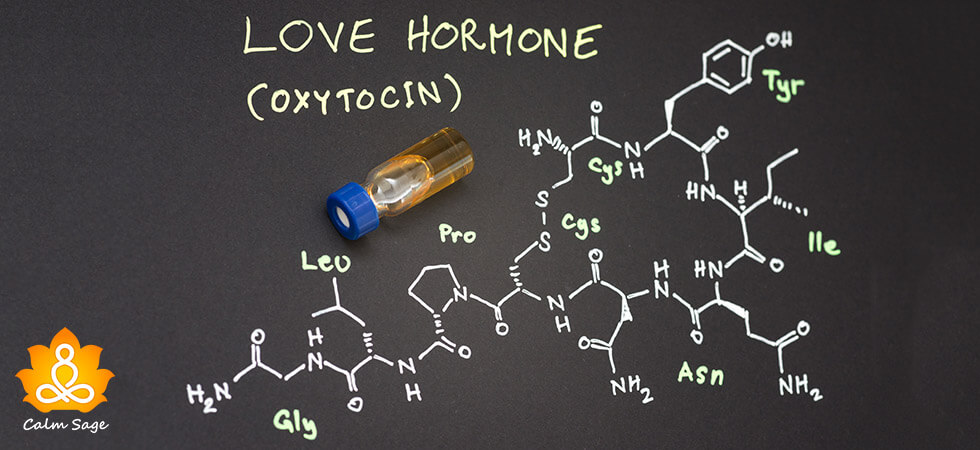
Photo Credit by: bing.com / oxytocin hormone neurotransmitter
» Human Touch And Our Internal Connection To Beauty Beauty Blog
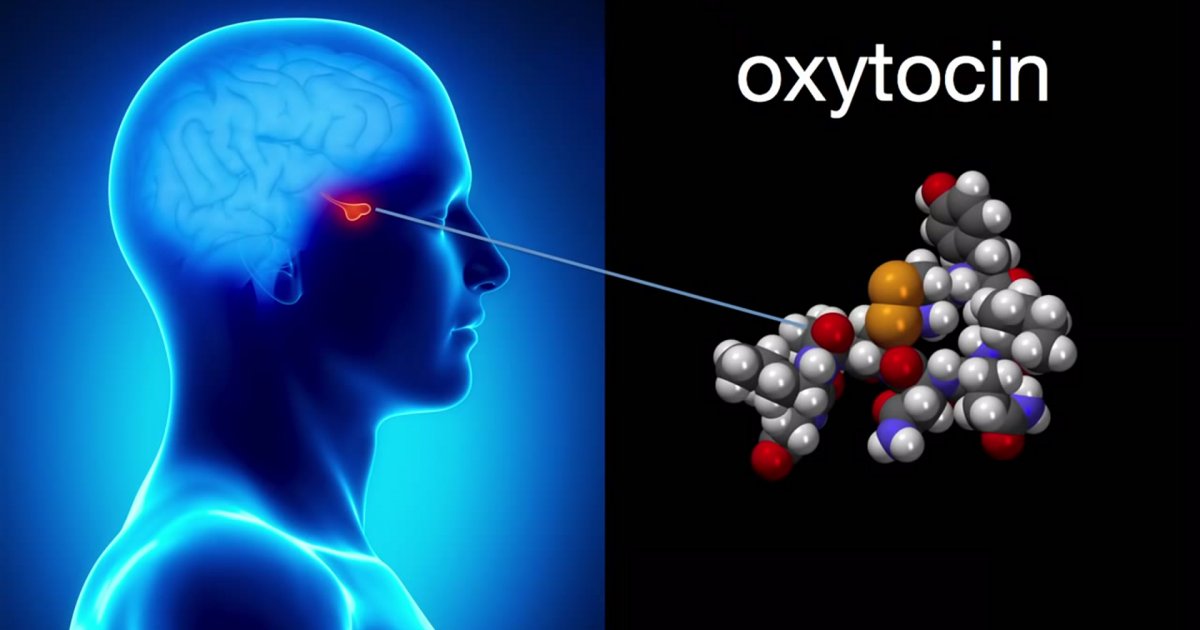
Photo Credit by: bing.com / oxytocin hormone hug gland brain released porn ted stress pituitary beauty releases when forth author young gary wilson effects talk

